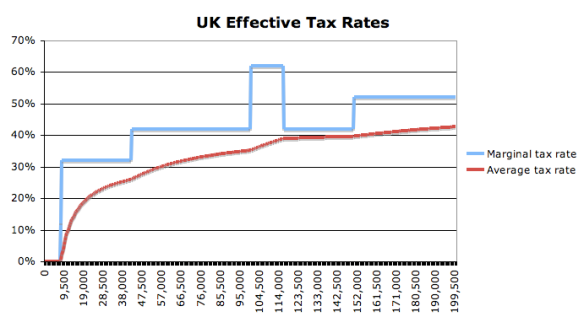The Royal British Legion is a charity that provides assistance to the British Armed Forces community of serving personnel, veterans, dependents and families. Their worthy Poppy Appeal is focused on Remembrance Day itself (11 November) but actually runs all year round.
It’s a familiar part of the British cultural landscape as many people support the charity by making a donation and wearing their poppy with pride.
There are some notable opt-outs including Jon Snow, the presenter of Channel 4 news. Responding to criticism concerning his refusal to wear a poppy on air while presenting the news, Snow said:
[British troops] died that we might be free to wear a poppy whenever we wish. I wish to wear mine on Remembrance Sunday.
When you wish to wear yours is your business. Compelling people to wear poppies because you think they ought to is precisely the poppy fascism, or intolerance, that I have complained of in the past.
Fair enough, I suppose.
I only wear mine when I remember to take it out of the drawer and put it on. I’ve had the same poppy for around four years now and I hope it will give me a few years of good service yet.
‘What’s all this?’ I hear you splutter, ‘Recycling your poppy? What about our brave boys blah blah blah…’
Well yes, actually. And I made sure that I put the absolute minimum in the collection box too when I acquired it.
The reason? Efficiency.
First of all, the poppy itself. It costs, at most, pennies to produce. They’re made in a single room in Richmond-Upon-Thames in London by a small but dedicated team. The thing is, they made 38 million of them in 2008. If everyone who buys one each year simply recycled theirs and replaced them say only every five years and assuming they cost just 2p to manufacture and distribute that would net the charity an extra 2p x 38m x 4/5 = £608,000 each year.
Secondly, reuse brings the added benefit of reducing landfill waste just a tiny little bit. The cumulative effect if everyone did it would certainly add up and every little helps.
Thirdly, Gift Aid. For anyone who pays UK tax, this has to be a complete no-brainer.
- Donations are assumed to have had basic rate tax deducted from them. By using Gift Aid, the charity is able to reclaim that tax for itself. A £100 donation becomes £125 for the good cause.
- Better still, higher or additional rate tax payers can reclaim the rest of the tax paid on the donation. That £100 donation is worth £125 to the charity, but a 40% tax payer can claim back £125 x (40% – 20%) = £25 and a 50% tax payer claims back £125 x (50% – 20%) = £37.50. Poor unfortunates who are being tapped by the Exchequer for an effective 60% rate can in fact reduce their tax bills by £50, meaning that the smart giver can give even more. Cheers George!
- Payments can even be effectively backdated to offset against tax paid in the previous year if the giver runs out of taxed income to use.
Win-win-win. According to unbiased.co.uk nearly £1 billion was gifted to the tax man in 2007/8 because of inefficient giving.
A small but appreciable chunk of my charitable giving goes to the British Legion each year via Virgin Money Giving which operates on a not-for-profit basis in order to pass even more moolah on to the charity in question.
All of which means I can wear my recycled poppy with pride.

